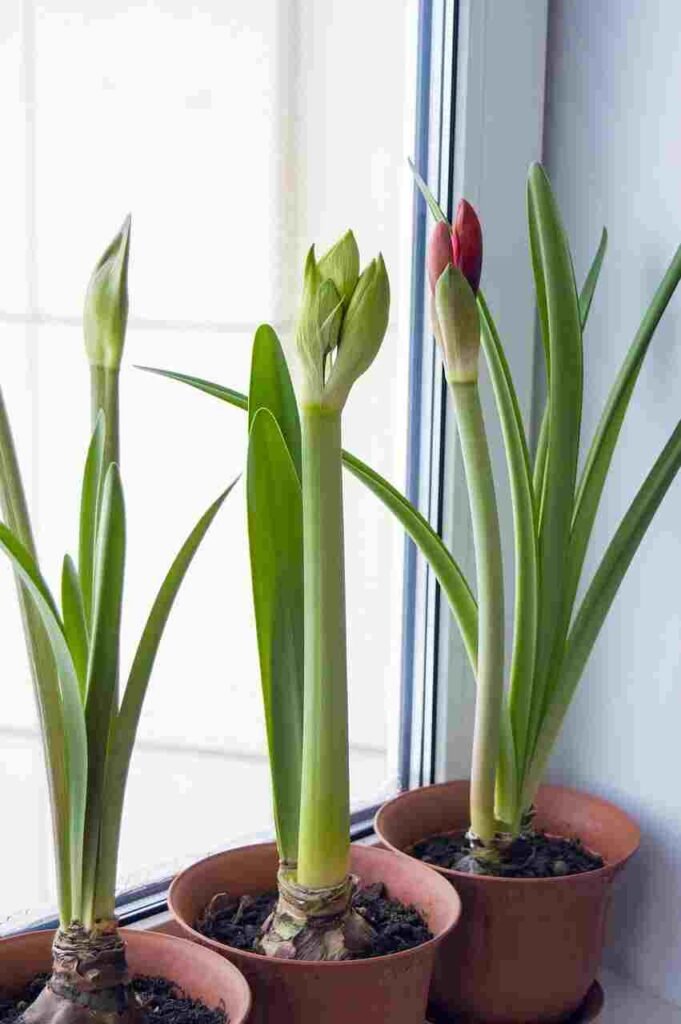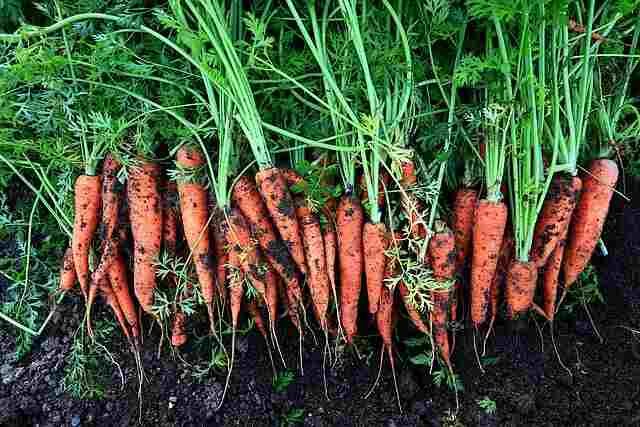Choosing your favorite vegetable is a bit like trying to name your all-time favorite song or perhaps your favorite child. It’s difficult but not impossible. So after giving this all some long hard thought, I’ve come up with my ultimate short list, the crops which, if push came to shove, I would choose as my top five, borne from years of experience and which should help you enjoy bigger, better harvests.
Beans
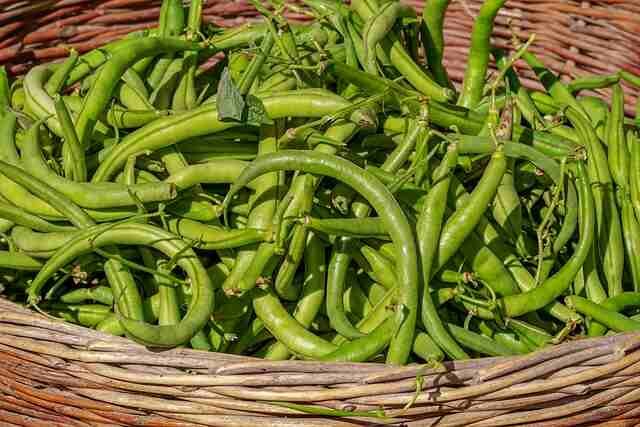
Coming in at number five, we’ve got beans. What I love about beans is that there are both winter-hardy heroes to grow and summer sun worshippers. That means these leguminous lovelies have you covered for much of the growing season. These here are the last of my fava or broad beans. Now, they’re looking a little bit sorry for themselves. The black bean aphids have been particularly determined this growing season, and they’ve got rust or chocolate spot on them. Nevertheless, despite all of this, they’re giving a really, really good crop, which just goes to show how bulletproof they really are. These are ‘has beans.’
Then in spring, it’s time to start sowing our warm-season beans—green beans to race up supports or dwarf or bush beans to follow on from early summer finishers. Sow climbing beans directly against their supports or sow them into pots or plug trays to transplant as young plants. My tips for these beans are to keep them well-watered to support all of that growth, not to sow them too early because they really don’t like chilly nights, and, of course, to keep on picking them to ensure they keep on producing. If you notice that the beans are failing to form properly or are even dropping off, then the likely culprit is not enough moisture, so give the plants a really good soaking. And don’t forget the mulch to lock in all of that moisture.
Bush or dwarf beans can be sown right up until midsummer, helpfully filling recently vacated ground from the likes of, say, early salads or carrots. I love the fact that they can be slotted in here, there, and everywhere, rapidly germinating in the warmth of summer to give us beans in just a couple of months. Also, they need next to no support, if at all, which is perfect for time-starved or lazy gardeners like me.
Potatoes
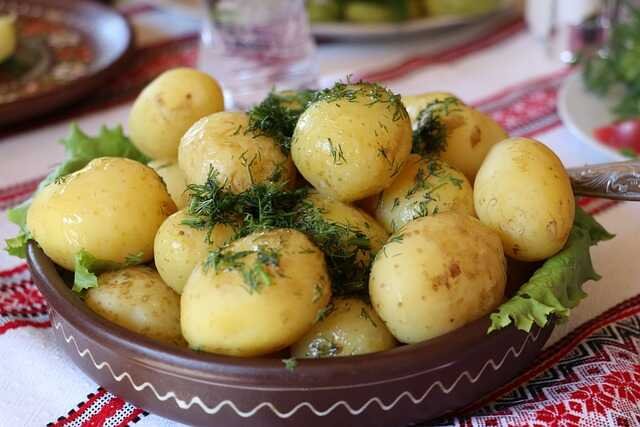
Goodness me, has it been difficult narrowing down my crops to my favorite five, but I reckon the ones that I’ve chosen give a good mix of abundance, value for effort involved, and versatility in the kitchen. Now, you might have thought potatoes would be way at the top, but not so. You’ll just have to wait to see what my number one is. But they definitely deserve a place for their sheer ease of growth.
Sprout spring-planted potatoes the moment that you get them, and then plant them from early spring into rich, fertile soil. I absolutely love those very first potatoes, those salad potatoes of the season.
My tips for growing potatoes? Well, protect young shoots from late frosts, which can set growth back by a couple of weeks. If you want to know when your last frost date is, enter your location into a free trial of our Garden Planner, and I’ll pop details of that down below. Keep your potatoes well-watered as those tubers start to develop, but try to aim the water at the base of plants so you’re not wetting the foliage, which will help to protect them from blight. Also, if you want to harvest your potatoes to store for any period of time, do that on a dry day so they can dry off in the breeze.
Potatoes grow well in the ground, but of course, you can grow them in good-sized containers too. I really love these sturdy-handled containers; they make them very easy to move around and they’ve got good capacity. These guys were planted about two months ago and will be ready to enjoy in perhaps another week or two. Then this one here is a little bit shorter, and that’s because I planted it one month ago, so these guys will be ready to enjoy later on in the summer. I’ve got a couple more seed potatoes here, just held over from spring to plant now, and these guys will be ready to lift later on in the autumn.
By planting them at intervals like this, I’m getting a nice, long, steady kind of harvest, which is really great, so I can enjoy them over a longer period in case they don’t store well. For this kind of container here, I filled it right the way up with my potting mix, and then I’m just going to plant these down to about two-thirds deep, so they’re right near the bottom like that. Just burrow down with your hand, pop it in, and then in a couple of weeks, we’ll see the sprouts pushing through. All of these potatoes here are of a blight-resistant variety, which means I can grow them outside without fear of them suddenly collapsing under this really horrible disease. Yes, I know that potatoes are cheap as chips to buy in the shops, but the sheer flavor and beauty of homegrown wins them a place in my top five.
Onions
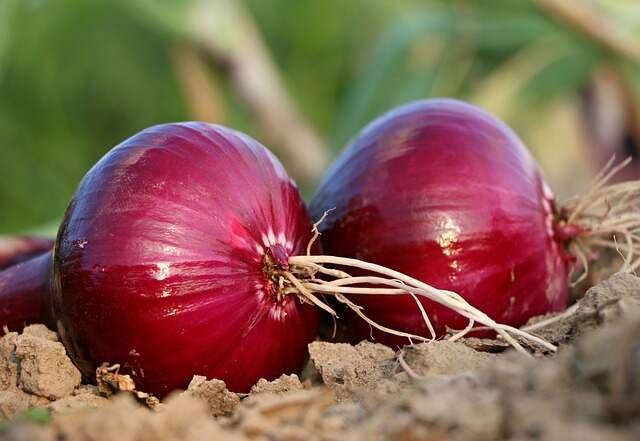
Think of any recipe, and there’s a good chance it starts with an onion. I love these pungent bulbs for so many reasons. Perhaps it’s the fact that they cook down into an unctuous caramelized deliciousness, or maybe it’s the fact that they store for so long, or perhaps their surprising resistance to slugs. Either way, this is an easy-growing crop worth making room for.
I’m growing onions in two ways in this bed: from autumn-planted sets and from multi-sown plugs, started right at the end of last season. The autumn-planted onions are now good to lift. Look at them, nice and early and looking great. The multi-sown onions, however, have maybe another month or so to go. Sowing into plugs is so easy. Sow them in late winter and then grow them on as a cluster, planting them out up to six seedlings in each cluster about 10 to 12 inches (25 to 30 cm) apart in both directions. You then just need to keep those onions really well-watered as they start swelling, and they’ll do that in seemingly the space of just a couple of weeks.
Growing onions in clusters saves time because you’re handling several plants at once, whereas growing from sets avoids the uncertainty of dealing with seedlings, so both ways have their advantages. This little lot can be dried out on racks somewhere warm and dry, ready for storing over the winter, though to be quite frank, I’m pretty sure I’ll be snaffling them up long before that.
Chard
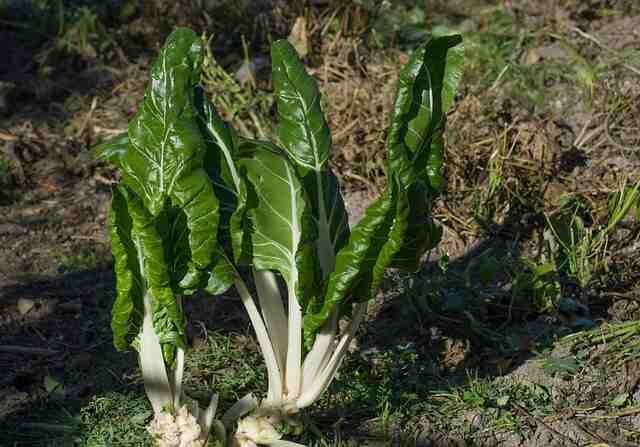
I love my leafy greens, and I’ve been tossing up between kale and chard, but it’s chard that steals the crown. That’s because of its lovely luscious leaves and these really colorful stems and midribs. They’re just beautiful. These guys are super hardy too, and they will crop for months and months on end, giving you a lot of leaf for minimal effort.
This here is the last of last season’s chard. They’ve given up many leaves over many months, but they’ve well and truly bolted now. However, there’s still one picking of leaves before I file them away to the compost heap. Chard is a really great one to sow in late spring or early summer, when they will quickly grow away and avoid chilly nights, which can cause them to flower prematurely. Just sow one to two seeds per plug like this, and then grow them on.
Like beets or beetroot, each seed is in fact a seed capsule which may contain more than one seed, so you may get a couple of seedlings coming up here. You can then grow them on together or carefully separate them out. The choice is yours. Here are some chard seedlings I planted about a month ago, and they’re itching to get into the ground, so let’s get them planted. They’re going into well-drained soil improved with plenty of compost, and I’m going to space them about a foot or just over 30 cm apart in both directions. These will need to be kept nicely watered to help them establish.
Chard really is a stunner for its colorful leaves and steady cropping. This lot will be ready to enjoy from maybe later on in summer, and then they’ll carry on into the autumn before slowing down a bit in winter, and then picking up again with gusto in spring and really giving lots of harvest there. If it gets really cold where you are, you have the option of protecting the chard with some sort of row cover just to trap some of the heat and stop the leaves from becoming too tattered.
Zucchini
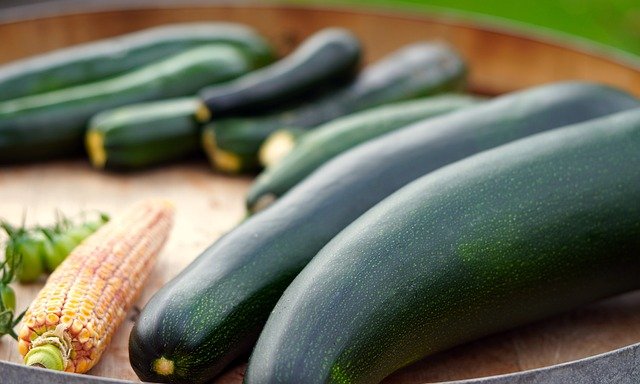
And winning the crown of my favorite vegetable is… drum roll please… zucchini or courgette. I really agonized over my fifth vegetable, tossing up between tomatoes or zucchini or courgette, but I chose the latter because they’re just so easy to grow and just so prolific. Once you pop, you won’t stop, so long as you keep picking them. This dominating duo here were planted just six weeks ago as seemingly timid little seedlings, and now look at them—they’ve really gone for it!
Zucchini or courgettes are so quick to grow that they can be sown pretty much at any point during the growing season, and they’ll crop within two months, so even now there’s just about time to sow them. I love zucchini for their dense, nutty fruits, and though I’ve never really managed it myself, I absolutely rate the stuffed flowers, fiori di zucca—absolute culinary gold that is. Sow the seeds on their sides into pots of potting mix, then keep them nicely moist, and once the roots have filled the pots, plant them out
into extravagantly enriched soil. I’m talking lots and lots of compost or well-rotted manure. Then your job is simply to keep them really well-watered to ensure that you have truly relentless fruits. They’ll keep coming at you.
I like to harvest them quite small, at this kind of size. Not only does this stop me from getting overwhelmed with great big whoppers, but these nice and dense fruits like this also taste so much better. I like to grow a couple of plants close to each other to improve the rate of pollination, and I also like to grow a little mix of varieties.
Well, that’s my top five, but what’s yours?


